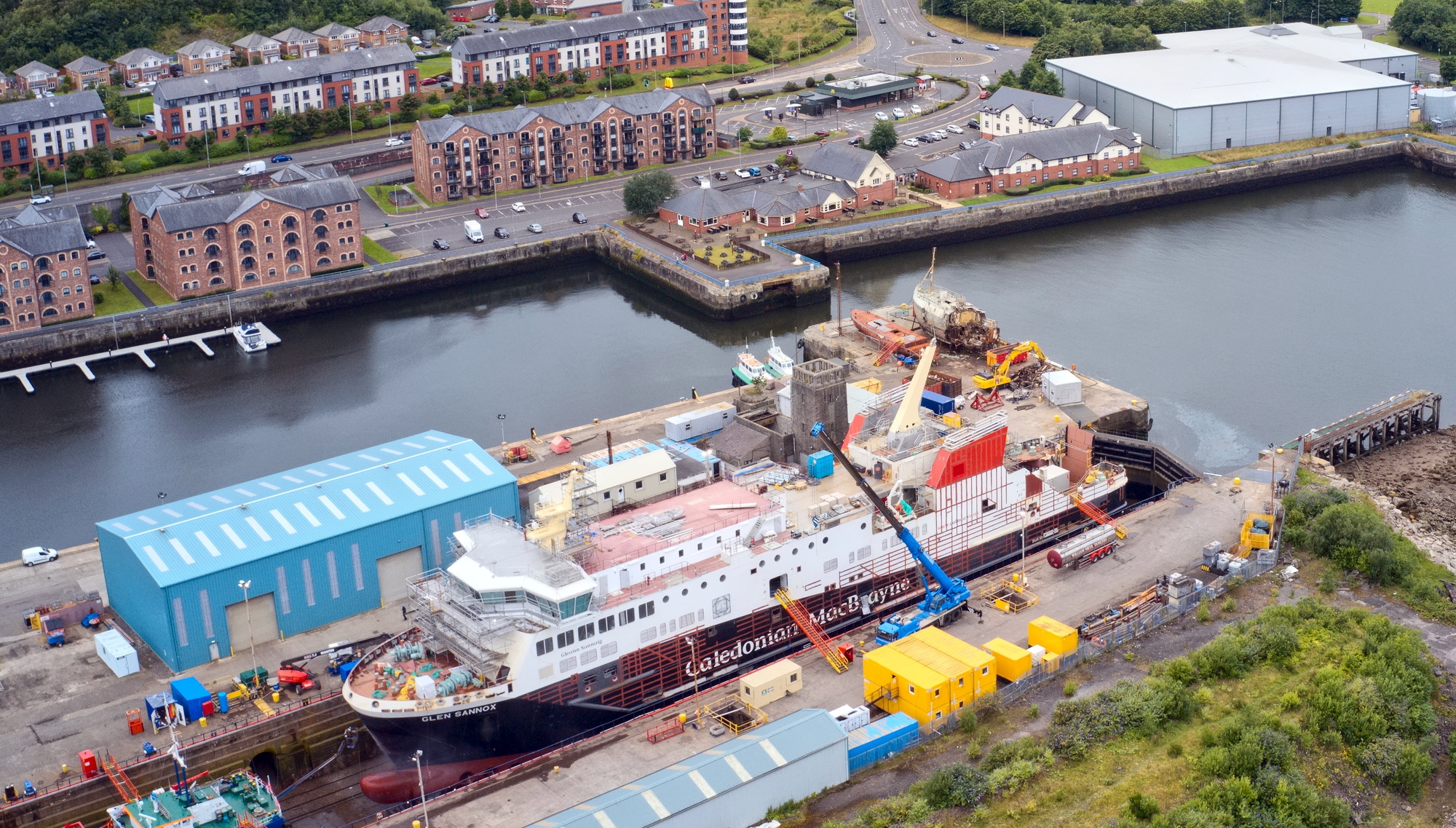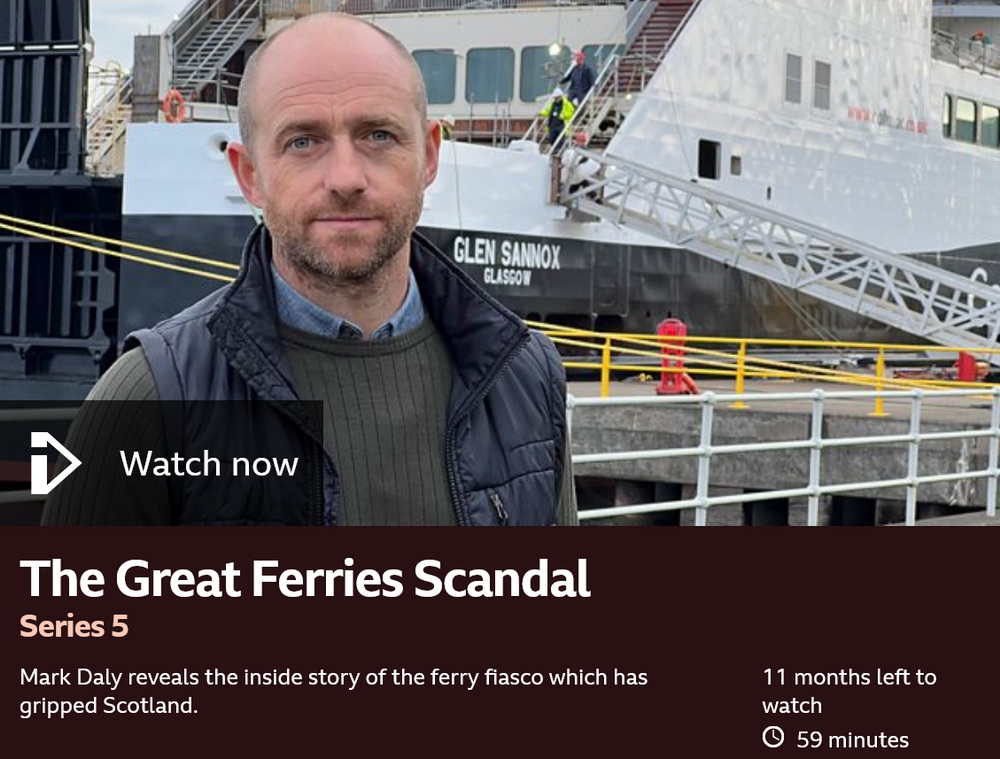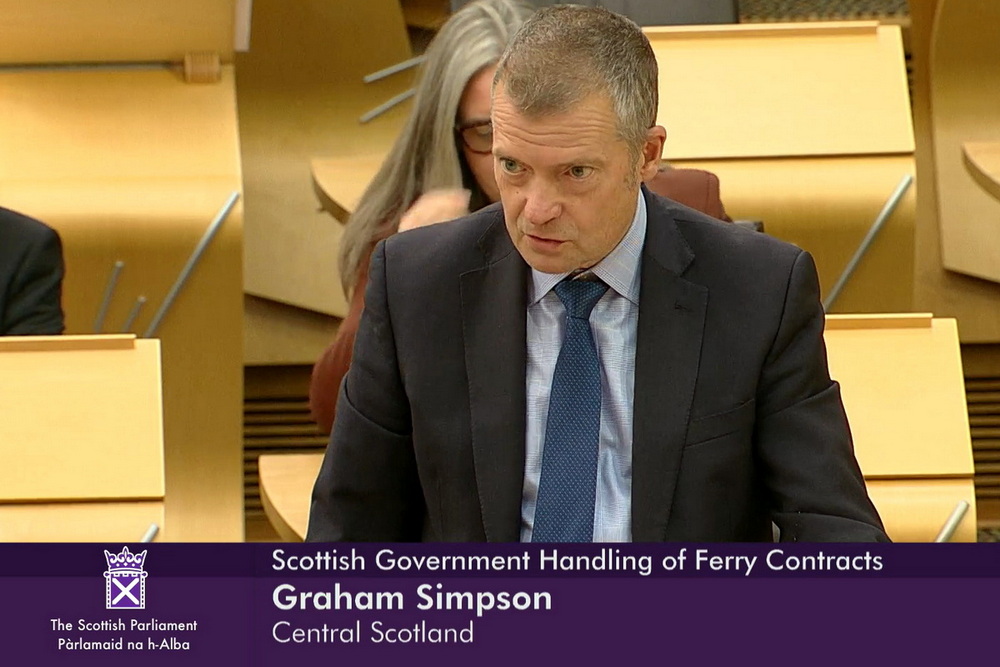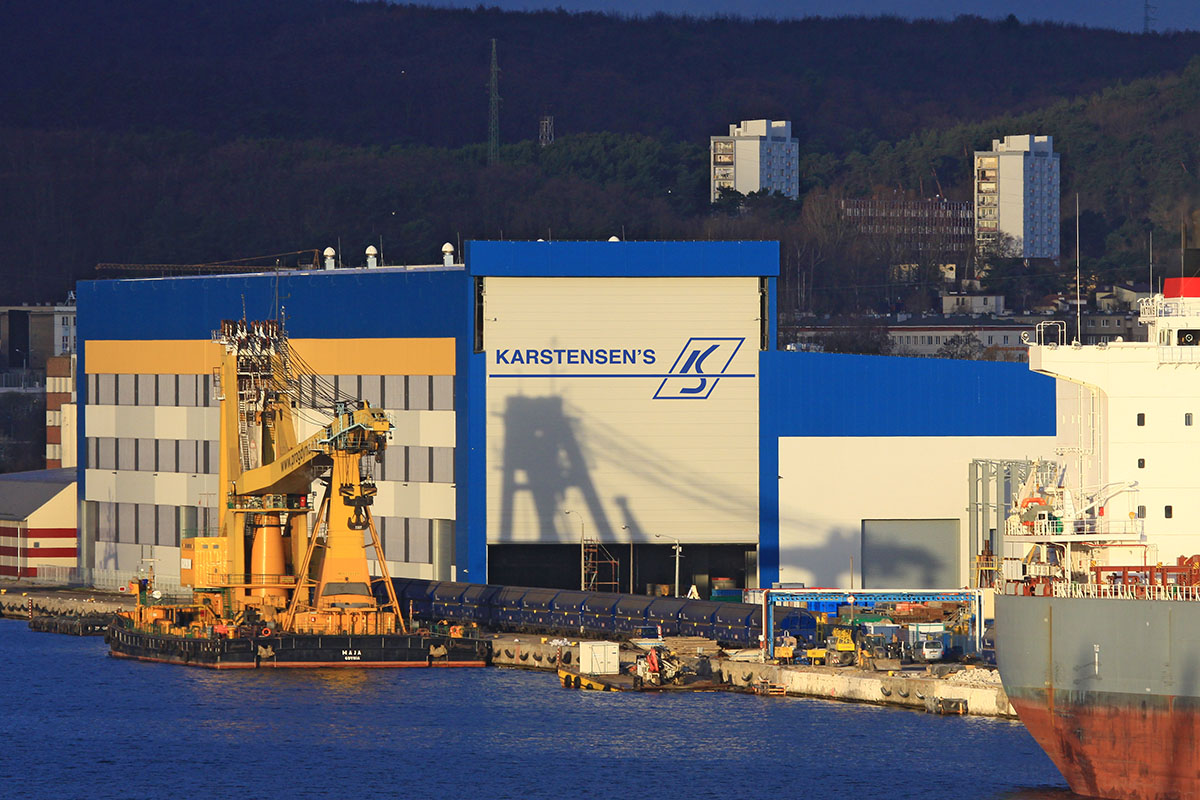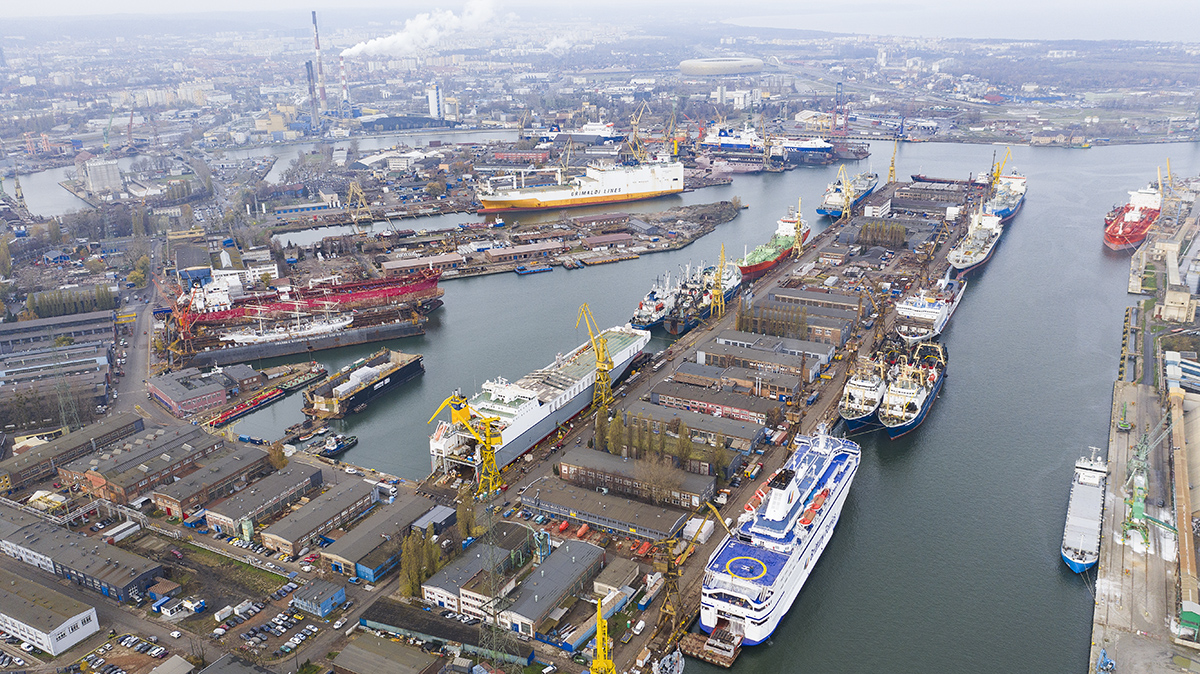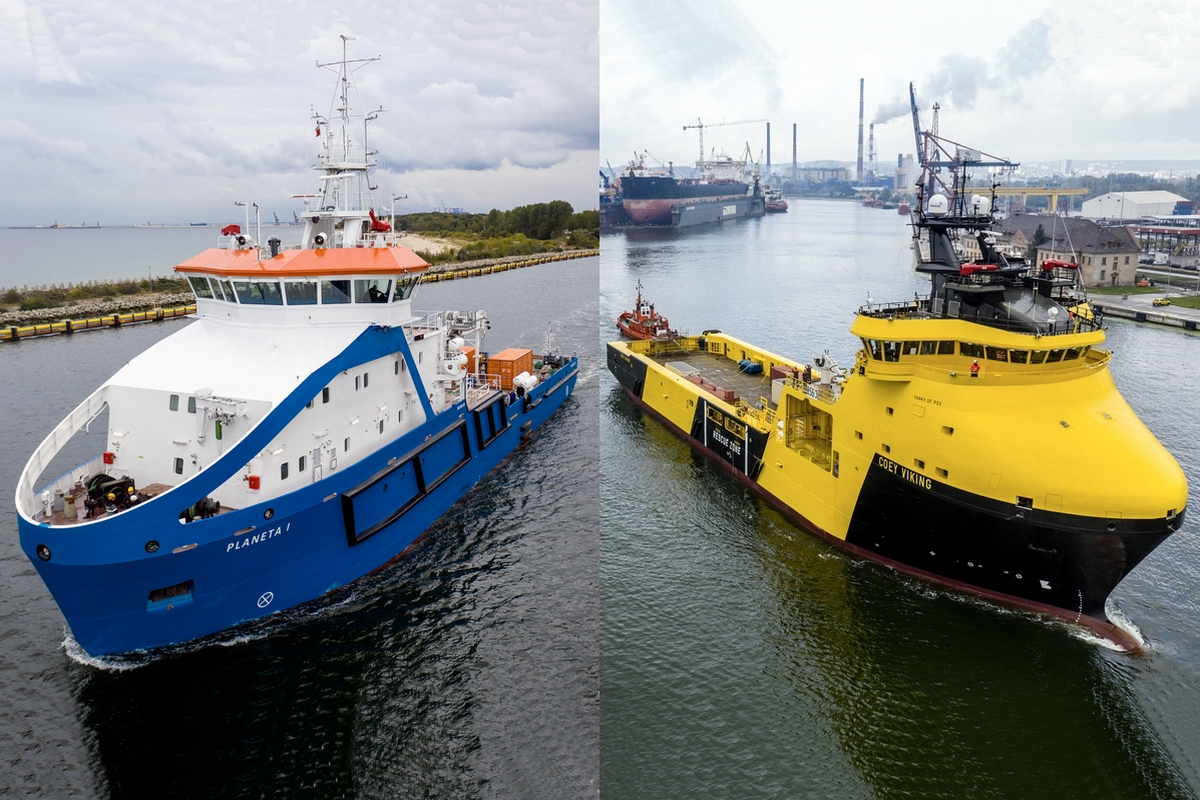In 2014, an EU tender was launched in Scotland for the construction of two passenger-car ferries for CalMac, which was eventually won by a local shipyard. BBC has acquired a “leaked” dossier showing that the tender may have been ‘rigged’, with the winning shipyard being given preferential treatment in breach of EU procurement law.
Operating on the River Clyde in the Port of Glasgow, the Ferguson Marine shipyard had been in trouble for years. It had been sustained since 2012 by orders for two small diesel-electric ferries for CalMac, but due to its financial problems, it lost so many key staff that it was not even able to take on the third order at the time and went into administration in 2014.
It was then taken over by Jim McColl, a Scottish entrepreneur who sat on the council of economic advisers to First Minister Alex Salmond. In 2015, the yard, which took the new name Ferguson Marine Engineering Ltd (FMEL), was awarded a £97m contract by the Scottish Government to build two 100-metre dual-fuel, LNG-fuelled ferries for the state-owned ferry operator CalMac.
The tender for the vessels was led by government-owned Caledonian Maritime Assets Limited (CMAL), which manages public assets such as ships, ports, harbours and infrastructure for ferry services on the west coast of Scotland, among others.
Six shipyards participated in the tender, including Remontowa Shipbuilding S.A. of Gdansk, Poland. The latter had already built and delivered three passenger-car ferries (Bute, Argyle and Finlaggan) to this shipowner between 2006 and 2011.
BBC One Scotland aired a report on 27 September entitled The Great Ferries Scandal, revealing the dossier shedding new light on the construction of the Glen Sannox ferry (build number 801) and her sister, as yet unnamed vessel 802. Since the beginning of their construction, the ferries have been the subject of ongoing controversy, parliamentary enquiries and audits, which have so far failed to explain why the ferries are now already five years behind schedule and at least £150 million over the original budget (the construction is funded by public money).
The Great Ferries Scandal can be viewed by clicking below:
Using hundreds of newly obtained documents, including previously unknown to the public and unpublished letters, emails, plans, drawings and specifications, BBC journalists have taken a closer look at the 2014/15 procurement process and how the Scottish shipyard Ferguson Marine was selected as the ferries builder. Their findings show that it might have won the tender through preferential treatment and unlawful practices that violate European Union procedures.
Here is what the reporters of the BBC Disclosure programme found.
The start of the procurement process was publicly announced in October 2014. It was run under what is known as a restricted procedure. The government authority CMAL introduced a Mandatory Minimum Requirement for the bidders, which had to be fulfilled already at the pre-selection stage – the completion of the Pre-Qualifying Questionnaire. The requirement was for the competing yards to submit Builder’s Refund Guarantee, a financial commitment in the form of a bank letter providing – in the event of a construction contract being signed – that the bank would issue further advance payment guarantees in the event of non-performance of the contract.
The report emphasised that the provision was written: “in red capital letters”. Failure to meet it automatically excluded interested parties from participating in the tender.
The BBC’s investigation revealed that the Ferguson Marine shipyard did not meet that condition. Despite this, it was allowed to proceed to the “short list” of the tender by CMAL’s procurement team. None of the other bidders was notified of this deviation from the mandatory minimum requirement, which could be grounds for a complaint of unequal treatment under EU procurement law.
In connection with the ferry tender, CalMac produced a detailed technical specification (Super Eco 1000 Ro Pax ferry Statement of Operational and Technical Requirements) for the newly ordered ferries, 424 pages long, containing the parameters of the vessels to be ordered. The specification was then distilled to a 125-page digest and issued to the shortlisted shipyards with an Invitation To Tender.
However, the BBC has now come across correspondence which shows that Ferguson Marine was the only one to receive the full 424-page CalMac specification. With only a truncated version, the other yards had incomparably less knowledge of the shipowner’s expectations of the ferries to be ordered than the Glasgow-based yard.
How did the full specification get to the Ferguson Marine yard?
The BBC stated that it was provided by a consultancy firm that prepared the tender documentation for CMAL. What’s more, the same consultancy firm was hired by Ferguson Marine to prepare its bid for the same tender!
When Holyrood investigated this issue, CMAL officials stated that they saw nothing reprehensible in the fact that the same company had been employed to deal with two different entities, which were, after all, in a conflict of interest due to the nature of the tender.
Based on CalMac’s original specification, the Scottish shipyard prepared a bid of 351 (!) pages. As the BBC found, more than 90 per cent of the content was… copied and pasted from the shipowner’s original, including font, numbering, minor errors and even typos.
Following the deadline for submissions and the opening of bid envelopes in March 2015, the price for the ferries proposed by Ferguson Marine shipyard was £109.8 million, while the cheapest bid was £72.8 million.
The submitted bids were assessed by an independent technical consultant and a naval architect representing CalMac. As the BBC revealed from the leaked tender documentation, CalMac identified the bid from Remontowa Shipbuilding as best meeting the Scottish ferry operator’s expectations. The Ferguson Marine shipyard’s bid came second. The Polish company, however, was not informed of this.
This was followed by a sequence of events that led to Ferguson Marine being selected as the tender winner.
Despite the Scottish shipyard being given preferential treatment and the full CalMac specification, an initial assessment of the bids revealed that as well as being £37m more expensive than the cheapest, the Scottish shipyard’s design did not meet some important parameters for the newly commissioned ferries, which could have resulted in them being dropped from the tender.
In these circumstances, as the BBC reported from intercepted email correspondence, in May 2015, CMAL asked the Glasgow-based shipyard for clarification on the ferry parameters included in its bid, such as displacement, lightweight and engine size, among others. As a result, a few days later, the Glasgow shipyard adjusted these parameters, changing the displacement, lowering the weight by about 450 tons and reducing the engine size from a 9-cylinder to an 8-cylinder, bringing its specifications closer to those of other shipyards that had not been given the right to modify their designs in this way.
Appearing in the report ‘The Great Ferries Scandal’, John Kerr, former technical director of CalMac, when asked to review some of the ‘leaked’ documents, was surprised that, two months after the deadline for submission of bids, Ferguson Marine shipyard was allowed to change the previously submitted design, which in his view already was a realistically ‘new bid’.
Moreover, on 4 June 2015, a face-to-face, confidential meeting took place at CMAL’s invitation between officials of this state authority and the Ferguson Marine shipyard. The topic was ‘clarifications and perceived inconsistencies in the specification submitted by the Glasgow-based shipyard. No other bidder was invited to such a meeting in person or online.
Changing the parameters of the ferries in the Scottish yard’s bid allowed it to reduce the price to around £101m and later to £97m, earning it extra points in the tender. As reported by the BBC, in the end, CMAL awarded Ferguson Marine 36.5 points (out of a possible 50) in the cost assessment, putting it in last place in this respect, but as many as 38 points for the specification qualityp0, almost 10 points more than its closest rival (Remontowa Shipbuilding), which ultimately tipped the scales in the Scots’ favour overall.
Once the winner was announced, Remontowa Shipbuilding, which ultimately came second, questioned the outcome of the tender and asked CMAL for an explanation. The response was an email stating that the reason for the Polish shipyard’s loss was… a “poor” (!) technical specification of just 129 pages, while “the winning submission was a fuller developed technical specification containing 351 pages with full details of the scope of supply included” – reports the BBC.
Production of the ferries at Ferguson Marine began, although many concerns were expressed about its capabilities, as it had never built such large vessels before. Moreover – it also had no experience in building LNG-fuelled vessels.
Construction ran into huge problems from the start, which led to the Scottish shipyard going into administration again in 2019 and then being renationalised. The government appointed a “turnaround director”, who reported that completing ferries 801 and 802 would cost an additional £110m or more. His 454 days of work had cost taxpayers almost £1.3m but had not cured the situation.
The hull of the first ferry (801) was launched on 7 April 2016 in the presence of Prime Minister Nicola Sturgeon, even though the ship’s bulbous bow was flawed, made of too thin steel (it had failed three months earlier to gain approval from the Lloyd’s Register inspector, who had ordered it to be entirely rebuilt), and the funnel was a makeshift installation. However, the spectacle was needed as a ‘milestone’ to obtain the next tranche of payment from the contracting party.
Delays in ferry construction have increased the strain on CalMac’s ageing and increasingly unreliable fleet. The Arran route, where the first new ferry (Glen Sannox) was due to enter service in 2018, has faced more than 2,500 cancellations over the past five years. The Scottish Parliament has been regularly haunted by delegations of islanders demanding immediate action from politicians before a tragedy occurs on any outdated and worn-out ferries, 30 or even 40 years old. Politicians, in turn, have had fierce discussions on the subject.
Ferry 801 is now assumed to be delivered between March and May 2023, five years behind schedule. The second ferry (802) was due to be delivered between October and December 2023, but the current projected completion date has been pushed back to the first quarter of 2024.
Following the BBC’s revelation of documents showing that Ferguson Marine shipyard had enjoyed preferential treatment in the procurement process, Deputy First Minister John Swinney told the Scottish Parliament on 27 September this year that the Auditor General of Scotland would re-investigate the matter. The body has previously investigated the construction of ferries at the River Clyde yard.
The Auditor’s March 2022 report found, among other things, that the total cost of building the ferries had risen to £240 million. However, it found “insufficient evidence to explain why Scottish ministers made this decision” awarding the contract to the Ferguson Marine shipyard, which, as the BBC report highlighted, was “unable to perform”. Auditor General Stephen Boyle even expressed “frustration” at being unable to review all the documentation relating to the contract award for the two ferries. This is because it turned out that the tender documentation… had gone missing.
According to the latest calculations, as of the end of September this year, the total cost of getting the ferries on the line had risen by a further £100m to £340m (in addition to the vessels construction, this amount includes the cost of adapting the port infrastructure to accommodate them).
– ‘It is material that I take seriously, about which I have concerns, which raises fundamental issues for me about the fairness and the appropriateness of the tender process,’ John Swinney told the BBC programme, on 27 September. At the same time, he stressed that he was not aware of any interference by ministers or civil servants in the procurement process.
The Scottish Deputy First Minister also recently announced that the Scottish Government would not spend another penny of public money to complete the ferries until “due diligence” had been carried out on the company, supported by external, independent financial advisers.
Caledonian Maritime Assets Ltd issued a statement defending itself against the allegations. However, it said that the new information disclosed by the BBC would need to be “thoroughly investigated” and that some staff employed at the time no longer work there.
CMAL’s current chief executive, Kevin Hobbs, declined to make a statement to the BBC and did not refer to them when confronted with the BBC Disclosure’s findings. So far, Ferry shipping operator CalMac has also refused to comment to the BBC on the subject and issue a statement.
Below watch a debate in the Scottish Parliament, dedicated to the Scottish Government Handling of Ferry Contracts, the day after the BBC’s “The Great Ferries Scandal”:
Source: PortalMorski.pl

